

Articles
How To Store Peeled Potatoes In Freezer
Modified: January 6, 2024
Discover the best way to store peeled potatoes in the freezer with our helpful articles. Keep your potatoes fresh and ready to use whenever you need them.
(Many of the links in this article redirect to a specific reviewed product. Your purchase of these products through affiliate links helps to generate commission for Storables.com, at no extra cost. Learn more)
Introduction
When it comes to cooking with potatoes, having a stash of peeled potatoes in the freezer can be a game-changer. Whether you’re pressed for time, looking to meal prep, or simply want to reduce food waste, freezing peeled potatoes is a smart and convenient solution. This article will guide you through the process of properly storing peeled potatoes in the freezer, ensuring that they retain their taste, texture, and nutritional value.
Freezing peeled potatoes not only saves you time in the kitchen, but it also offers a number of benefits. Firstly, it extends the shelf life of your potatoes, allowing you to enjoy them even when they are no longer at their freshest. This is especially useful if you buy potatoes in bulk or have a surplus from your garden.
Secondly, freezing potatoes allows you to take advantage of discounted prices or seasonal sales. By purchasing and peeling them in large quantities, you can save money and have readily available ingredients for all your potato-based dishes. Plus, freezing peeled potatoes helps prevent spoilage, which means less food waste.
In addition to the practical benefits, freezing peeled potatoes can also enhance the texture and taste of certain dishes. Freezing causes the water inside the cells of the potatoes to expand, resulting in a slightly drier texture. This can be advantageous for recipes where you want the potatoes to hold their shape, such as in salads or roasted dishes.
Now that you understand the benefits of freezing peeled potatoes, let’s dive into the step-by-step process of how to properly store them in the freezer. By following these guidelines, you can ensure that your frozen potatoes stay fresh and delicious, ready to be used whenever you need them.
Key Takeaways:
- Freezing peeled potatoes not only saves time and reduces food waste, but also extends their shelf life, allowing for cost savings and diverse culinary uses. Proper preparation, blanching, and packaging are essential for maintaining their quality.
- Thawing and cooking frozen peeled potatoes requires attention to detail, from gradual thawing in the refrigerator to adjusting cooking times. With the right techniques, enjoy the convenience and versatility of frozen potatoes in various recipes.
Read more: How To Store Peeled Potatoes
Benefits of Freezing Peeled Potatoes
Freezing peeled potatoes offers a range of benefits that make it an excellent option for busy households and avid home cooks. Here are some of the key advantages:
- Convenience: Having a stash of peeled potatoes in the freezer provides convenience and saves time in the kitchen. You can easily grab a handful of pre-peeled potatoes whenever you need them, without the hassle of peeling and prepping.
- Extended Shelf Life: By freezing peeled potatoes, you can extend their shelf life significantly. Potatoes are perishable and can start sprouting or developing soft spots after a while. Freezing them helps to preserve their freshness and quality for a longer period.
- Reduced Food Waste: Freezing peeled potatoes is an excellent way to minimize food waste. Instead of letting your potatoes go bad, you can save them by freezing. This is particularly useful if you have a surplus of potatoes or if you don’t have immediate plans to use them all.
- Cost Savings: Buying potatoes in bulk when they are on sale or in season can save you money. By peeling and freezing them, you can take advantage of these lower prices and enjoy potatoes throughout the year without worrying about spoilage.
- Diverse Culinary Uses: Frozen peeled potatoes can be used in a variety of recipes, from mashed potatoes and roasted potatoes to soups, stews, and casseroles. Having a stock of frozen potatoes on hand expands your culinary options and makes meal planning more versatile.
- Preservation of Nutrients: Freezing peeled potatoes helps to preserve their nutrients, including vitamins and minerals. While the freezing process may cause a slight loss in texture, the nutritional value remains largely unchanged, allowing you to enjoy the health benefits of potatoes even after freezing.
Overall, freezing peeled potatoes offers convenience, cost savings, reduced food waste, and a wide range of culinary uses. By properly storing peeled potatoes in your freezer, you can enjoy the benefits of having this versatile ingredient readily available whenever you need it.
Preparation Steps
Before you start freezing peeled potatoes, it’s essential to follow a few preparation steps to ensure the best possible results. Here’s what you need to do:
- Choose the Right Potatoes: Select fresh, firm potatoes that are free from any signs of rot or damage. Ideally, choose varieties that are suitable for freezing, such as russet or Yukon gold potatoes, as they tend to hold their texture better.
- Wash and Peel: Thoroughly wash the potatoes under cool running water to remove any dirt or debris. Use a vegetable peeler to peel the potatoes, removing the thin outer skin. Be sure to remove any green spots or eyes, as these can affect the taste and quality of the frozen potatoes.
- Cut into Desired Shape: Once the potatoes are peeled, you can cut them into your preferred shape. Whether you prefer cubes, slices, or wedges, ensure that the pieces are uniform in size. This will help them freeze and cook more evenly.
- Rinse and Drain: After cutting, rinse the potatoes again to remove any excess starch. This step helps prevent them from sticking together during the freezing process. Allow the potatoes to drain well to remove excess moisture.
- Prepare a Blanching Pot: Blanching is an important step in the freezing process. Fill a large pot with water and bring it to a boil. You’ll need enough water to fully submerge the potatoes.
- Prepare an Ice Bath: While the water is boiling, fill a bowl with ice and cold water to create an ice bath. This will be used to quickly cool down the potatoes after blanching. Have it ready nearby.
By following these preparation steps, you’ll be well on your way to freezing peeled potatoes successfully. The next crucial step is blanching, which helps preserve the texture and color of the potatoes. Let’s explore the blanching process in detail in the next section.
Blanching the Potatoes
Blanching is a crucial step in the process of freezing peeled potatoes. It helps to preserve the texture, color, and nutrient content of the potatoes. Follow these steps to blanch your potatoes before freezing:
- Bring the Water to a Boil: Place the peeled and cut potatoes into the large pot of boiling water. Make sure the water completely covers the potatoes.
- Blanching Time: The blanching time will vary depending on the size and type of potatoes. Generally, small potato cubes or slices will require about 2-3 minutes of blanching, while larger pieces may need 4-5 minutes. Avoid overcooking the potatoes, as they should still be slightly firm.
- Cool the Potatoes: Once the blanching time is up, quickly remove the potatoes from the boiling water using a slotted spoon or a kitchen spider. Immediately transfer the potatoes into the prepared ice bath to stop the cooking process. Let them sit in the ice bath for the same amount of time as the blanching time.
- Drain and Dry: Drain the potatoes from the ice bath and spread them out on a clean kitchen towel or paper towels. Gently pat them dry to remove any excess moisture. This step is crucial to prevent ice crystals from forming and ensure better freezing results.
Blanching helps to deactivate enzymes that can cause discoloration and deterioration in the frozen potatoes. It also partially cooks the potatoes, which helps them maintain their texture and taste during freezing and subsequent cooking. Once the potatoes are blanched and dried, they are ready for the next step: flash-freezing.
Flash-Freezing Method
Flash-freezing is a technique used to individually freeze the potatoes before packaging them. This method prevents the potatoes from sticking together and allows you to easily retrieve the desired quantity whenever you need them. Here’s how to flash-freeze your blanched and dried potatoes:
- Prepare a Baking Sheet: Line a baking sheet with parchment paper or a silicone mat. This will prevent the potatoes from sticking to the surface.
- Arrange the Potatoes: Place the blanched and dried potatoes in a single layer on the prepared baking sheet. Make sure to leave space between each piece to ensure even freezing.
- Pop Them in the Freezer: Transfer the baking sheet to the freezer and let the potatoes freeze completely. This typically takes about 1-2 hours, depending on the size of the potatoes and the temperature of your freezer.
- Check for Firmness: Once the potatoes are frozen solid, gently touch them to ensure they are firm to the touch. This indicates that they are fully frozen and ready for packaging.
The flash-freezing method is essential for preventing the potatoes from clumping together. By individually freezing each piece, you can easily portion out the desired amount for your recipes without having to defrost the entire batch. Once the potatoes are firm and frozen, it’s time to move on to the packaging step.
After peeling the potatoes, cut them into desired size, blanch in boiling water for 3-5 minutes, then cool in ice water. Pat dry, place in a single layer on a baking sheet, freeze until firm, then transfer to a freezer bag or container for long-term storage.
Read more: How To Store Peeled Sweet Potatoes
Packaging the Potatoes
Proper packaging is crucial to protect the frozen potatoes from freezer burn, which can affect their quality and taste. Follow these steps to package your flash-frozen potatoes:
- Choose Freezer-Safe Containers: Select freezer-safe containers or resealable plastic bags for packaging. Make sure they are durable, airtight, and suitable for freezing.
- Label the Containers: Before filling the containers, label them with the date of freezing. This will help you keep track of the storage time and ensure you use the oldest potatoes first.
- Portion the Potatoes: Divide the flash-frozen potatoes into smaller portions, depending on your typical usage. This will make it easier to take out only the amount you need without defrosting the entire batch.
- Fill the Containers: Fill the containers or bags with the portioned potatoes, leaving a small amount of space at the top to allow for expansion during freezing.
- Remove Air: If using resealable bags, squeeze out any excess air before sealing them tightly. If using containers, ensure they are sealed tightly to prevent air from entering.
Proper packaging helps to maintain the quality of the frozen potatoes by protecting them from freezer burn and oxidation. Remember to label the containers with the freezing date, as frozen potatoes can be stored for up to 12 months in the freezer. Now that your potatoes are properly packaged, it’s time to store them in the freezer.
Labeling and Dating
Labeling and dating your frozen peeled potatoes is an important step to keep track of their storage time and ensure you use the oldest ones first. Follow these guidelines to properly label your packaged potatoes:
- Write the Contents: Clearly write “Peeled Potatoes” or “Frozen Potatoes” on the label. This will help you identify the contents easily without having to open each container.
- Include the Date: Write the date of freezing on the label. This will allow you to keep track of the storage time and use the potatoes within their recommended timeframe. Most frozen peeled potatoes can be stored for up to 12 months.
- Indicate the Quantity: If you have divided the potatoes into portions, you can also note the quantity on the label. This will help you determine how much you have left in each package without having to open it.
- Use Permanent Marker: It’s important to use a permanent marker or a label that won’t smear or fade over time. This will ensure that the labeling remains legible throughout the storage period.
Labeling and dating your frozen peeled potatoes will help you maintain organization in your freezer and ensure that you use them within the recommended storage time. It’s a simple step that goes a long way in optimizing your frozen potato storage experience.
Storing Peeled Potatoes in the Freezer
Now that your peeled and blanched potatoes are properly packaged and labeled, it’s time to store them in the freezer. Follow these guidelines to ensure that your potatoes stay fresh and maintain their quality during storage:
- Choose the Right Freezer Temperature: Set your freezer temperature to 0°F (-18°C) or below. This will help maintain a consistent temperature and prevent any fluctuations that could affect the quality of the frozen potatoes.
- Find the Ideal Freezer Location: Place the packaged potatoes in a single layer on the freezer shelves or in a designated freezer area. Avoid overcrowding the freezer, as this can restrict air circulation and lead to uneven freezing.
- Avoid Temperature Fluctuations: Try to minimize the number of times you open the freezer door to maintain a constant temperature. Frequent temperature changes can affect the quality of the frozen potatoes.
- Do Not Refreeze Thawed Potatoes: Once you thaw the frozen potatoes, it is not recommended to refreeze them. This can negatively impact their texture and taste. Plan your usage and only thaw the amount you need to avoid waste.
- Regularly Rotate the Stock: To ensure that you use your frozen potatoes within their recommended storage time, practice a first-in, first-out (FIFO) approach. This means using the oldest potatoes first and placing newer ones behind them in the freezer.
By following these storing guidelines, you can maintain the quality and taste of your frozen peeled potatoes throughout their storage period. Now, let’s take a look at thawing and cooking tips to help you make the most of your frozen potatoes.
Thawing and Cooking Tips
When it comes time to use your frozen peeled potatoes, proper thawing and cooking techniques will ensure that they turn out delicious and retain their texture. Here are some tips to help you thaw and cook your frozen potatoes:
- Thawing in the Refrigerator: The best way to thaw frozen peeled potatoes is to transfer them from the freezer to the refrigerator. Allow them to thaw overnight or for about 24 hours. This gradual thawing process helps the potatoes retain their texture and prevents them from becoming mushy.
- Thawing in Cold Water: If you’re short on time, you can thaw the frozen potatoes by placing them in a sealed plastic bag and submerging them in cold water. Change the water every 30 minutes until the potatoes are thawed. Remember to use the thawed potatoes immediately after this method.
- Avoid Thawing at Room Temperature: It is not recommended to thaw frozen potatoes at room temperature, as this can promote bacterial growth and compromise food safety.
- Cooking Techniques: Depending on your desired recipe, there are various ways to cook the thawed potatoes. You can boil them, roast them, or use them as ingredients in dishes like soups, stews, or casseroles. Follow your recipe instructions for the best results.
- Adjust Cooking Time: Keep in mind that previously frozen potatoes may cook slightly faster than fresh ones. Monitor the cooking process closely and adjust the cooking time accordingly to ensure that the potatoes are properly cooked and not overcooked.
- Enhance Flavor: Frozen peeled potatoes can be seasoned or flavored before cooking to enhance their taste. Add herbs, spices, garlic, or any other seasoning according to your preference to elevate the flavor profile of your dishes.
By following these thawing and cooking tips, you’ll be able to transform your frozen peeled potatoes into delicious dishes with ease. Enjoy their convenience and versatility in a wide range of recipes!
Read more: How To Store Peeled Potatoes Overnight
Conclusion
Freezing peeled potatoes is a convenient and practical way to extend their shelf life, reduce food waste, and have a readily available ingredient for your culinary adventures. By following the proper steps of preparation, blanching, flash-freezing, packaging, and labeling, you can ensure that your frozen peeled potatoes stay fresh, maintain their quality, and provide a versatile ingredient for a variety of dishes.
The benefits of freezing peeled potatoes are numerous. You’ll have the convenience of having pre-peeled potatoes on hand, saving you time in the kitchen. It also allows you to take advantage of discounted prices, seasonal sales, and bulk purchases without the worry of spoilage. Freezing peeled potatoes helps to minimize food waste, as you can safely store them for an extended period of time without compromising their taste or nutrition.
Proper storage and handling are essential to maintain the quality of your frozen peeled potatoes. Make sure to store them in a freezer at 0°F (-18°C) or below, and practice the first-in, first-out (FIFO) method to use the oldest potatoes first. Thaw the frozen potatoes in the refrigerator or in cold water, and adjust cooking times accordingly for the best results.
With your freezer stocked with frozen peeled potatoes, you’ll have endless culinary possibilities at your fingertips. From mashed potatoes and fries to casseroles, soups, and stews, the versatility of frozen potatoes knows no bounds. Experiment with different recipes and seasonings to create delicious dishes that will impress family and friends.
So next time you find yourself with an abundance of potatoes or simply want to save time in the kitchen, consider freezing peeled potatoes. With the right techniques and proper storage, you can enjoy the convenience, versatility, and cost-saving benefits that frozen potatoes have to offer.
Happy cooking!
Frequently Asked Questions about How To Store Peeled Potatoes In Freezer
Was this page helpful?
At Storables.com, we guarantee accurate and reliable information. Our content, validated by Expert Board Contributors, is crafted following stringent Editorial Policies. We're committed to providing you with well-researched, expert-backed insights for all your informational needs.

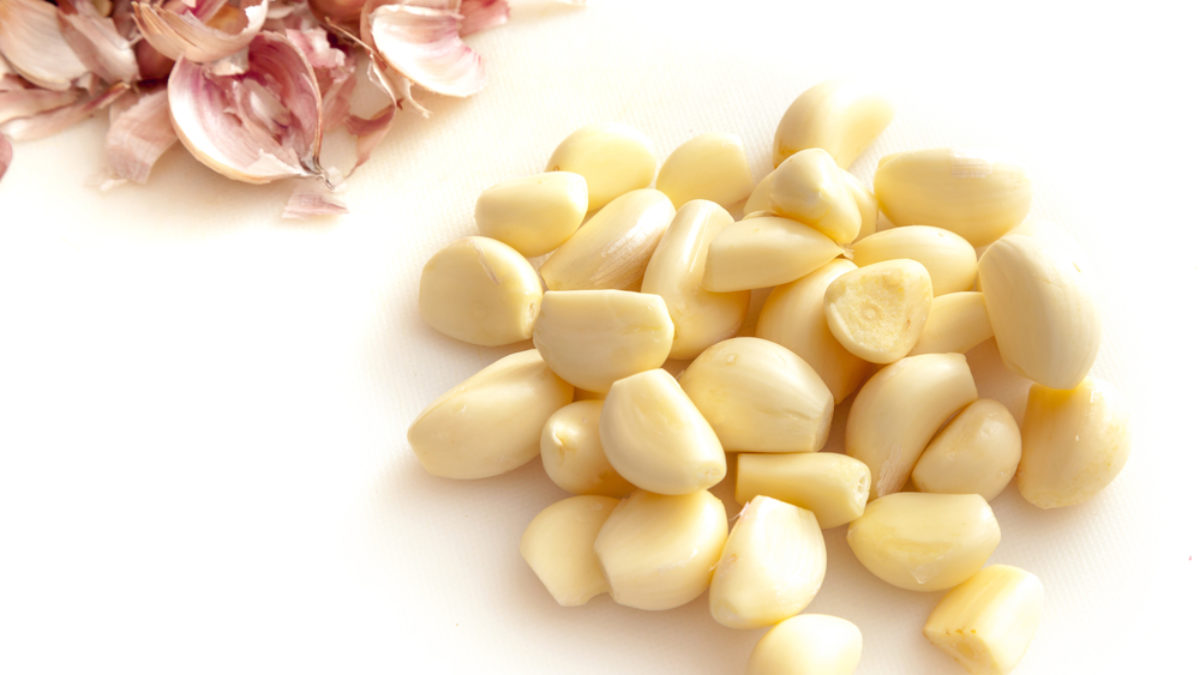

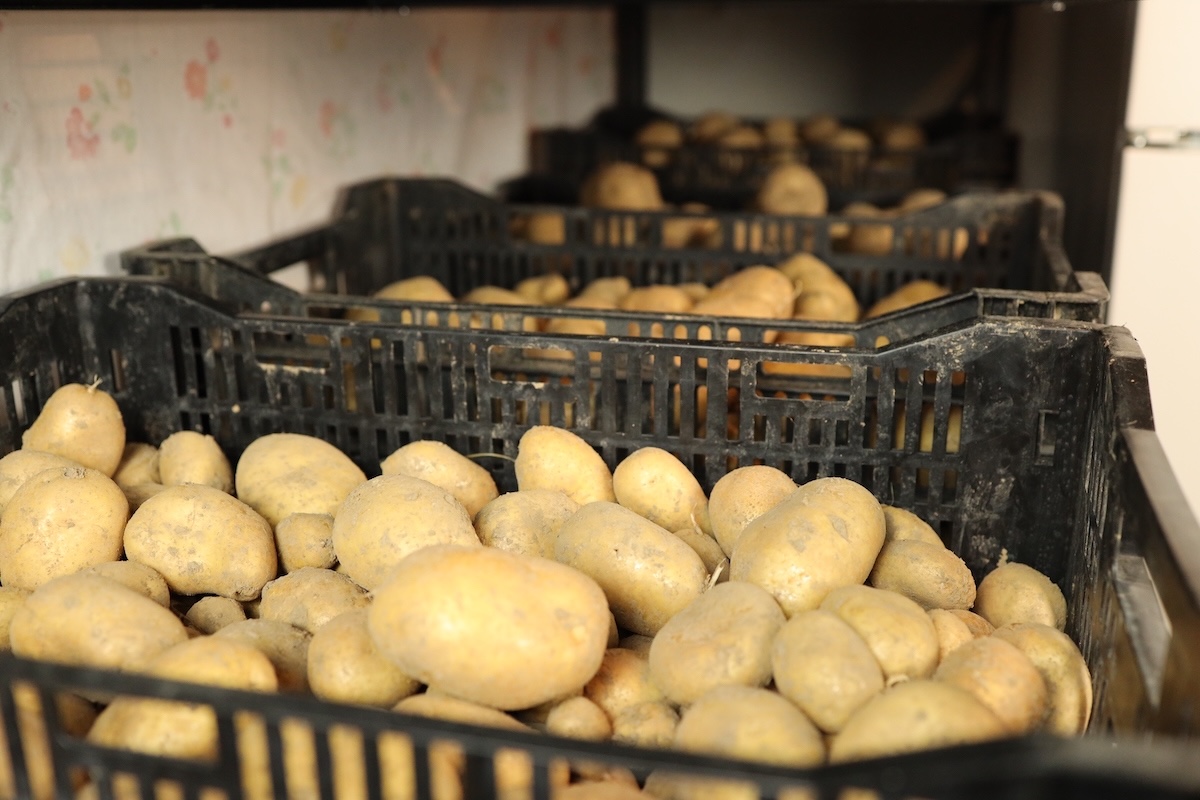
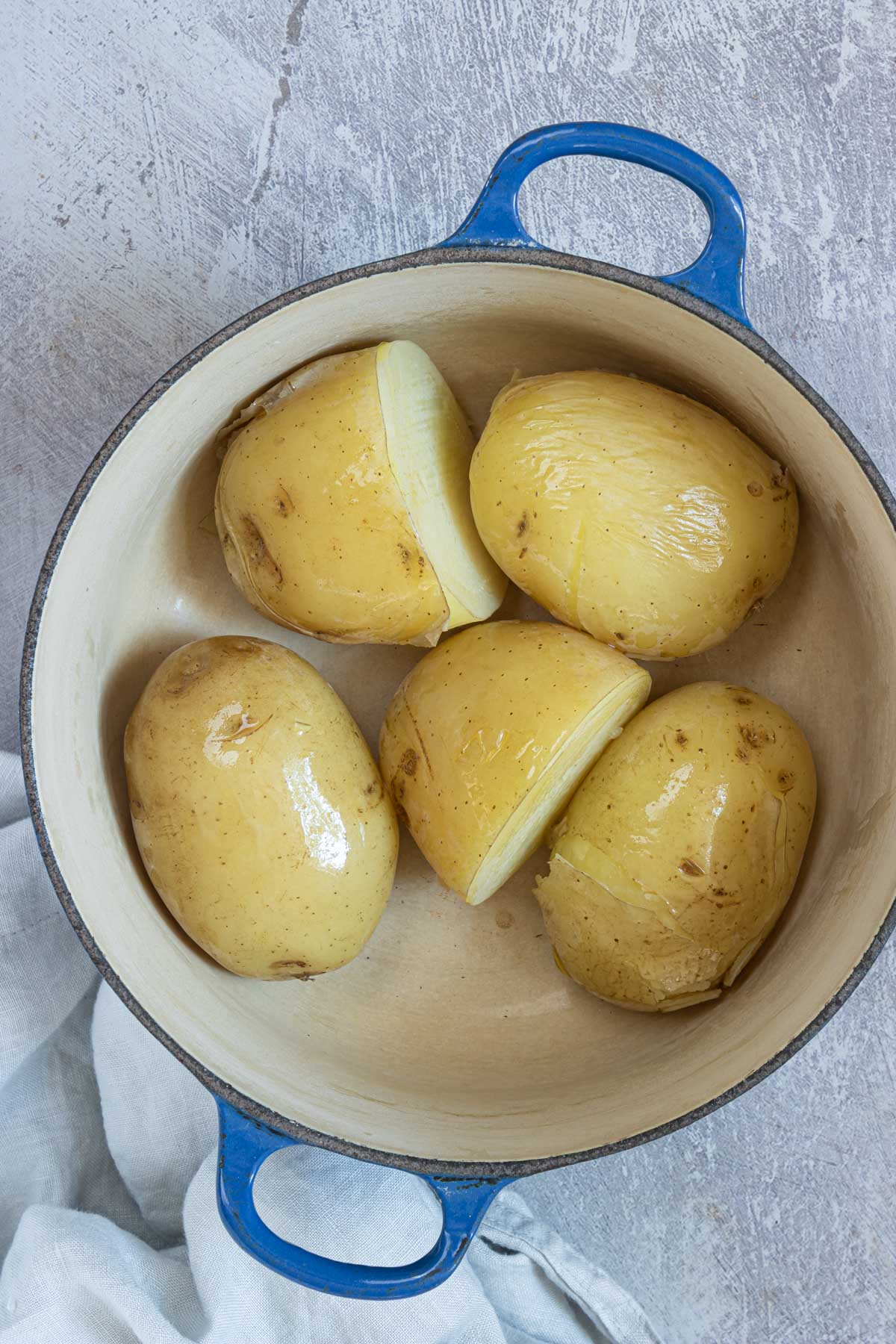
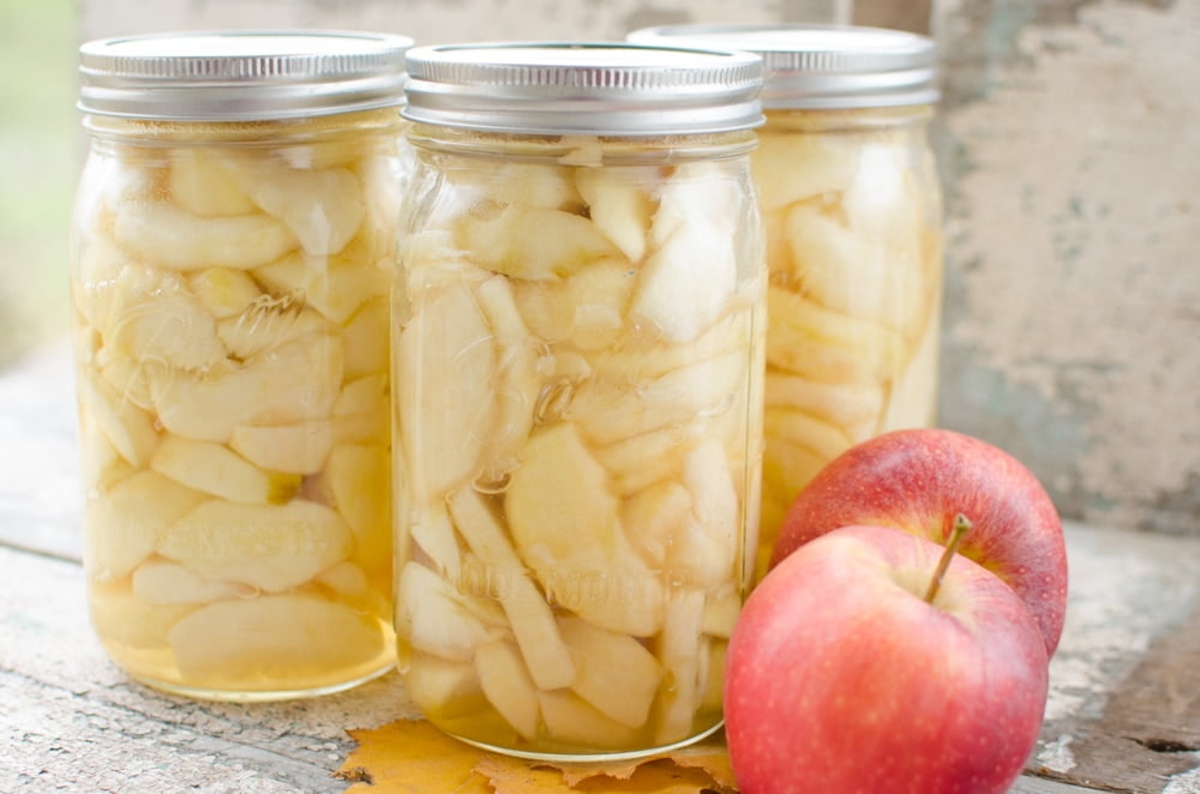
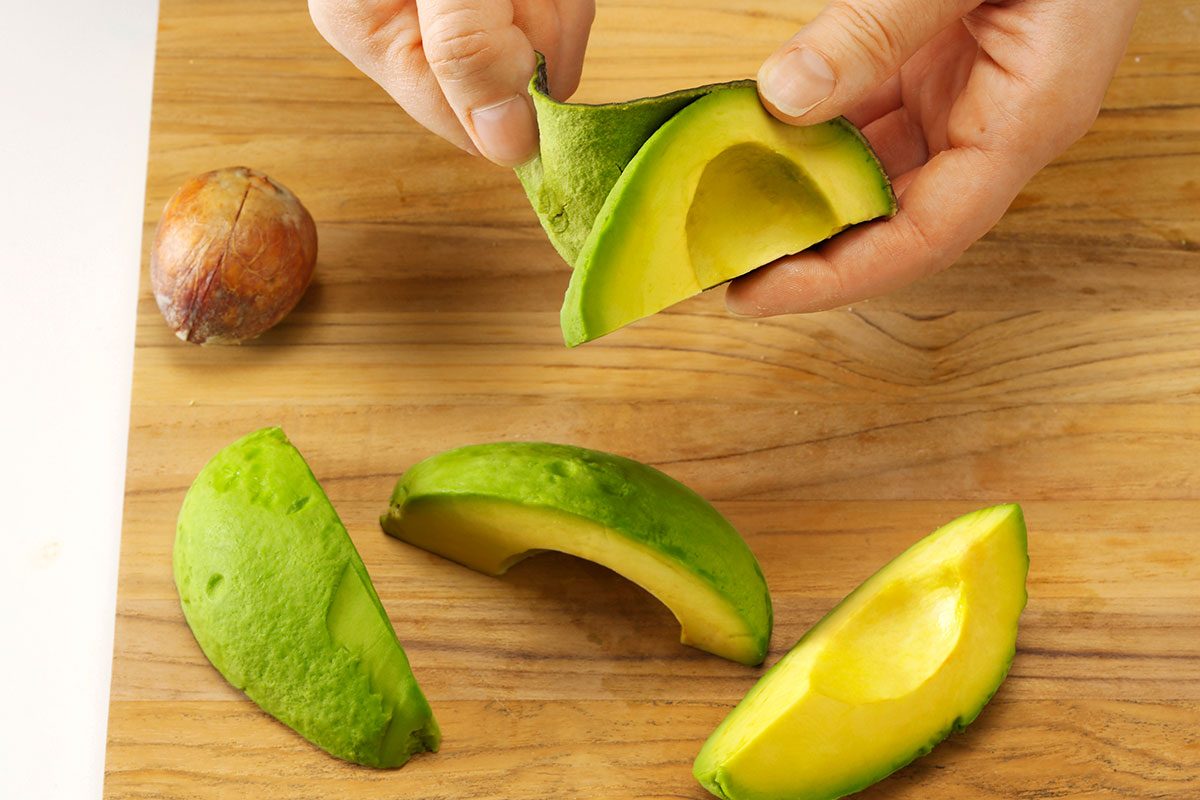
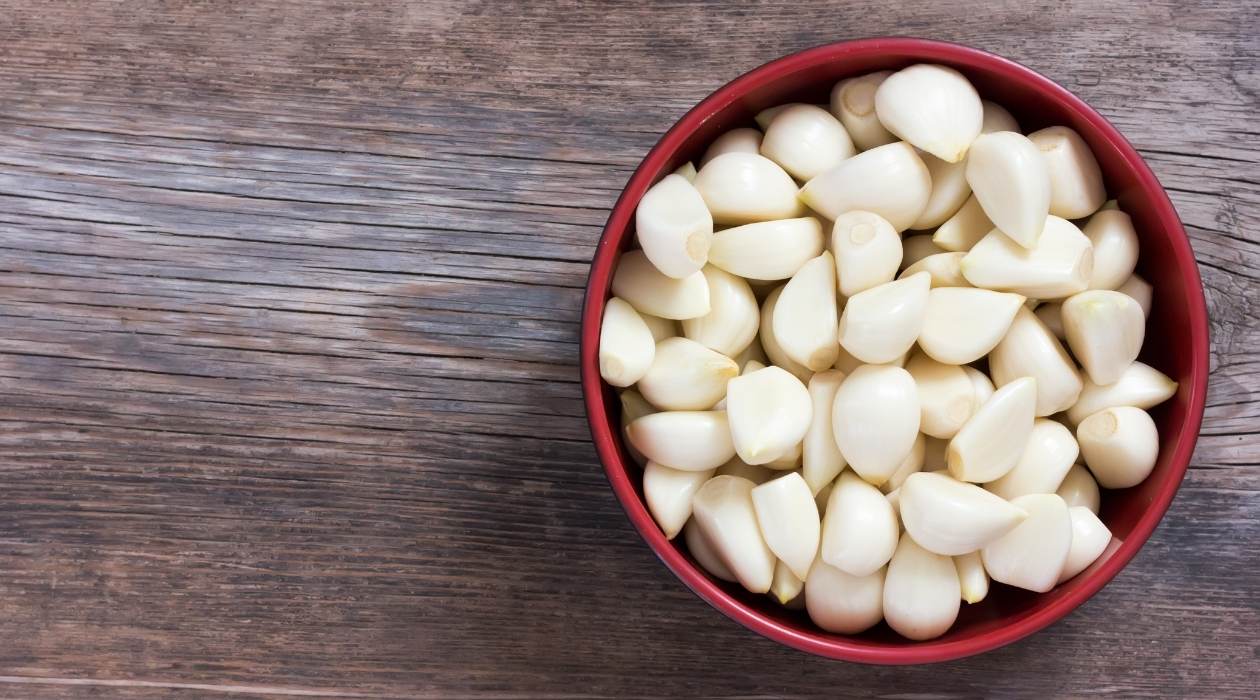
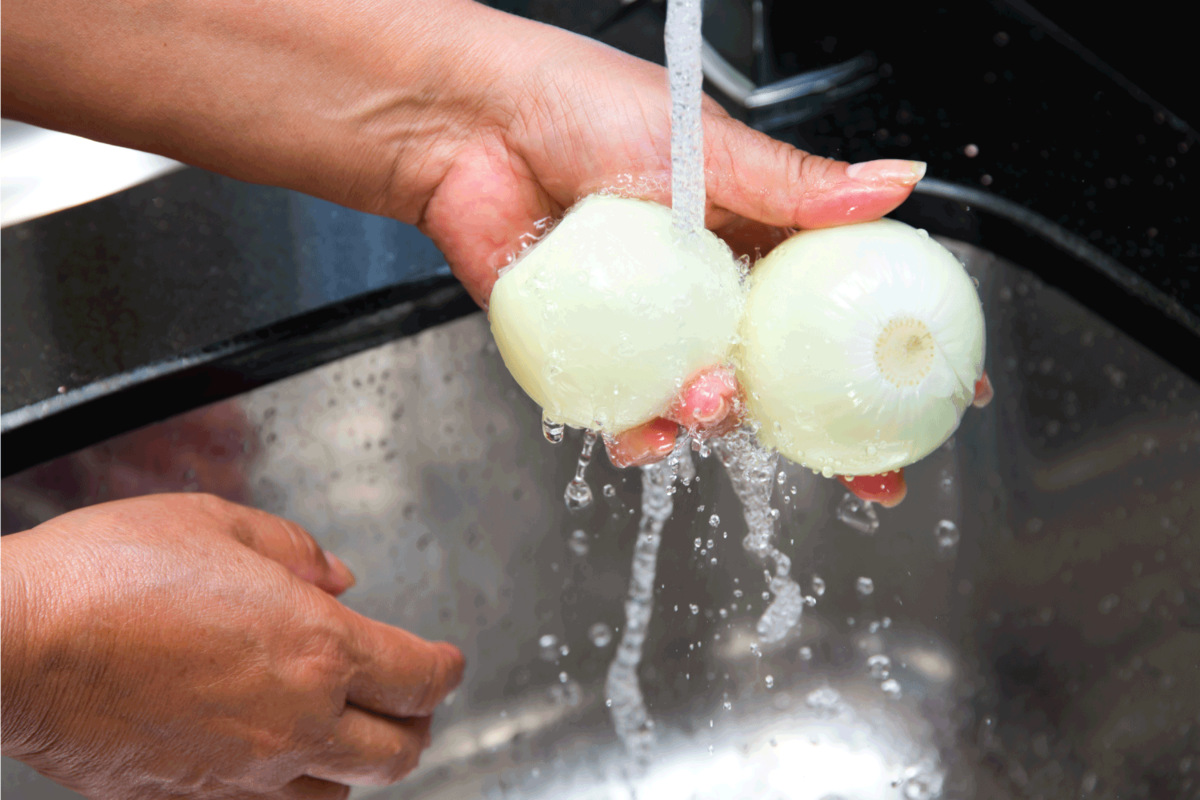
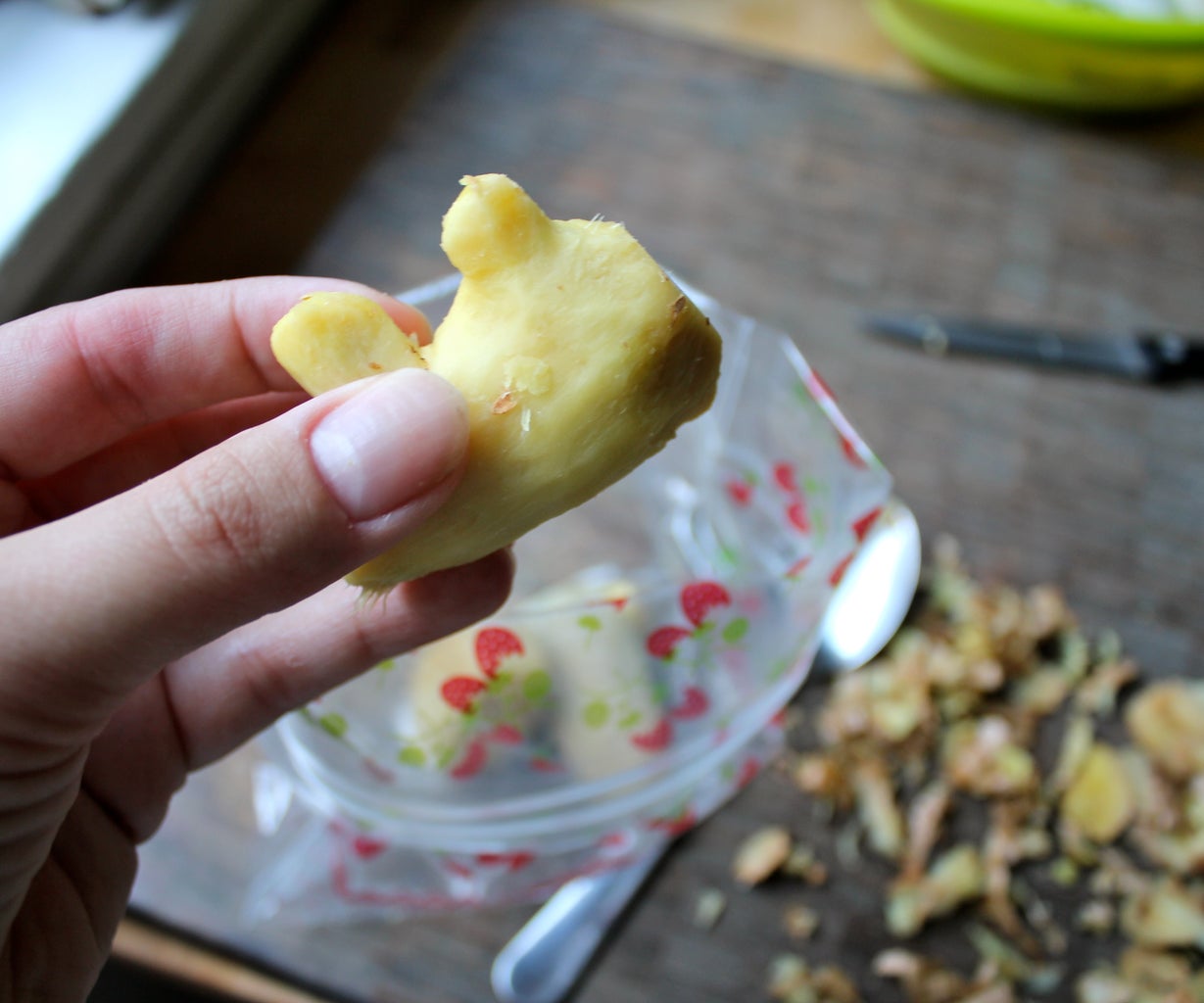


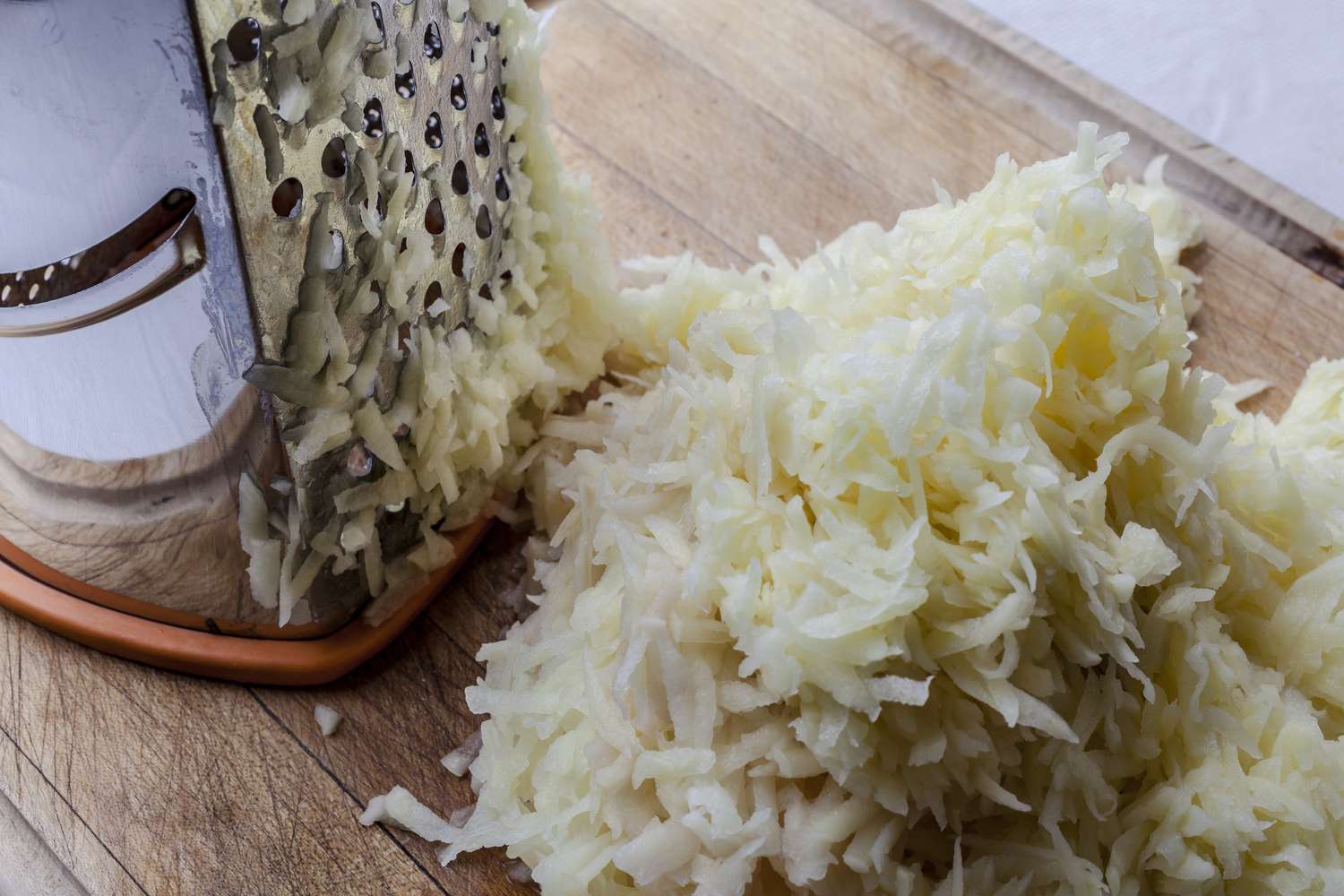

0 thoughts on “How To Store Peeled Potatoes In Freezer”